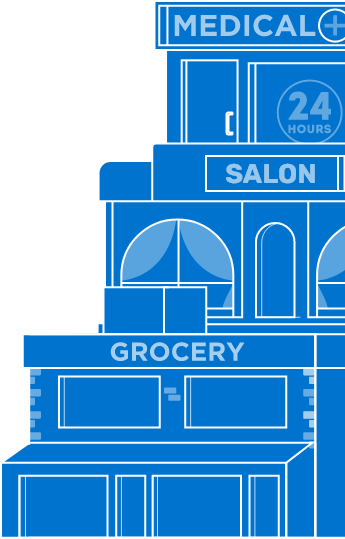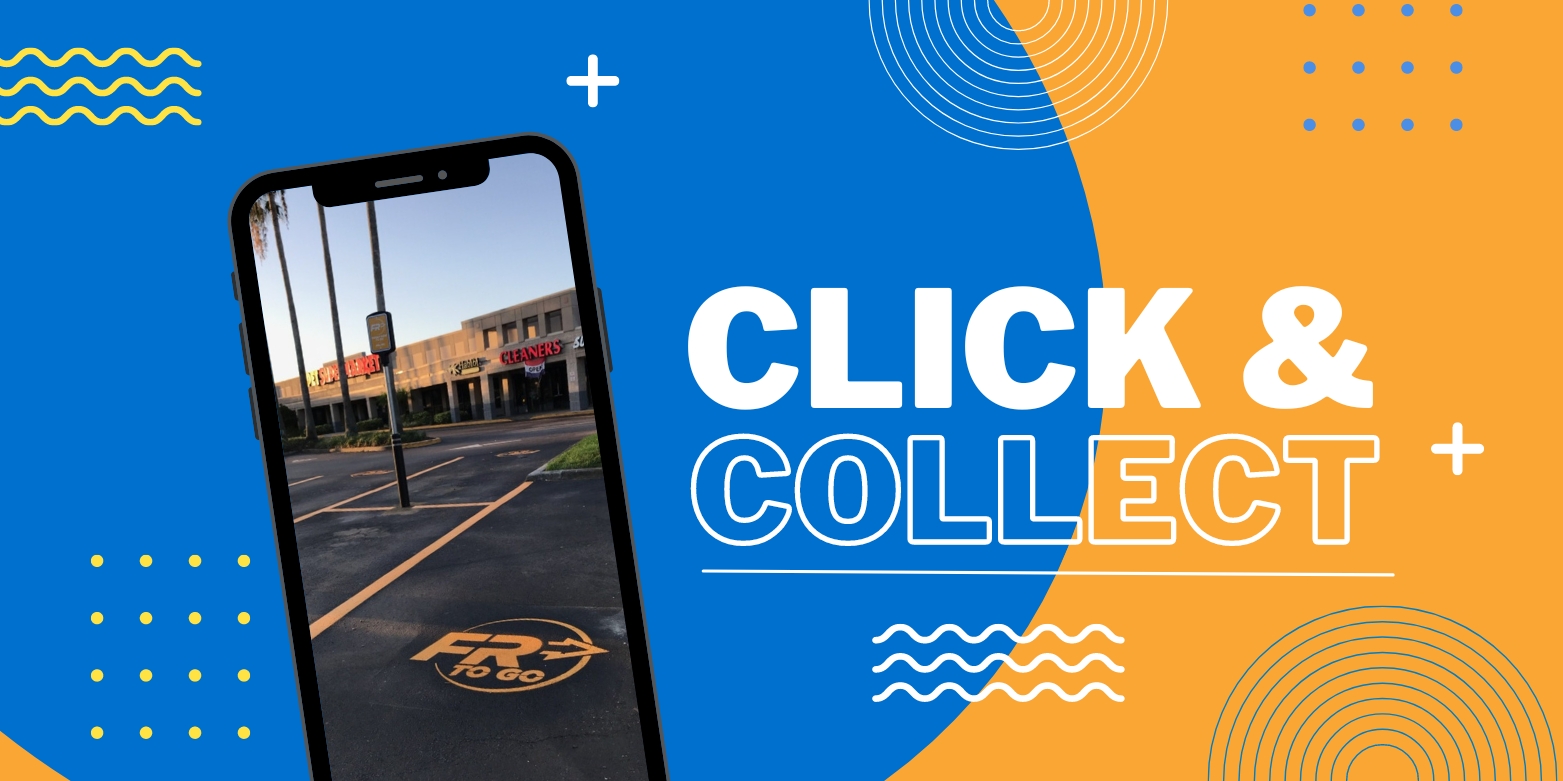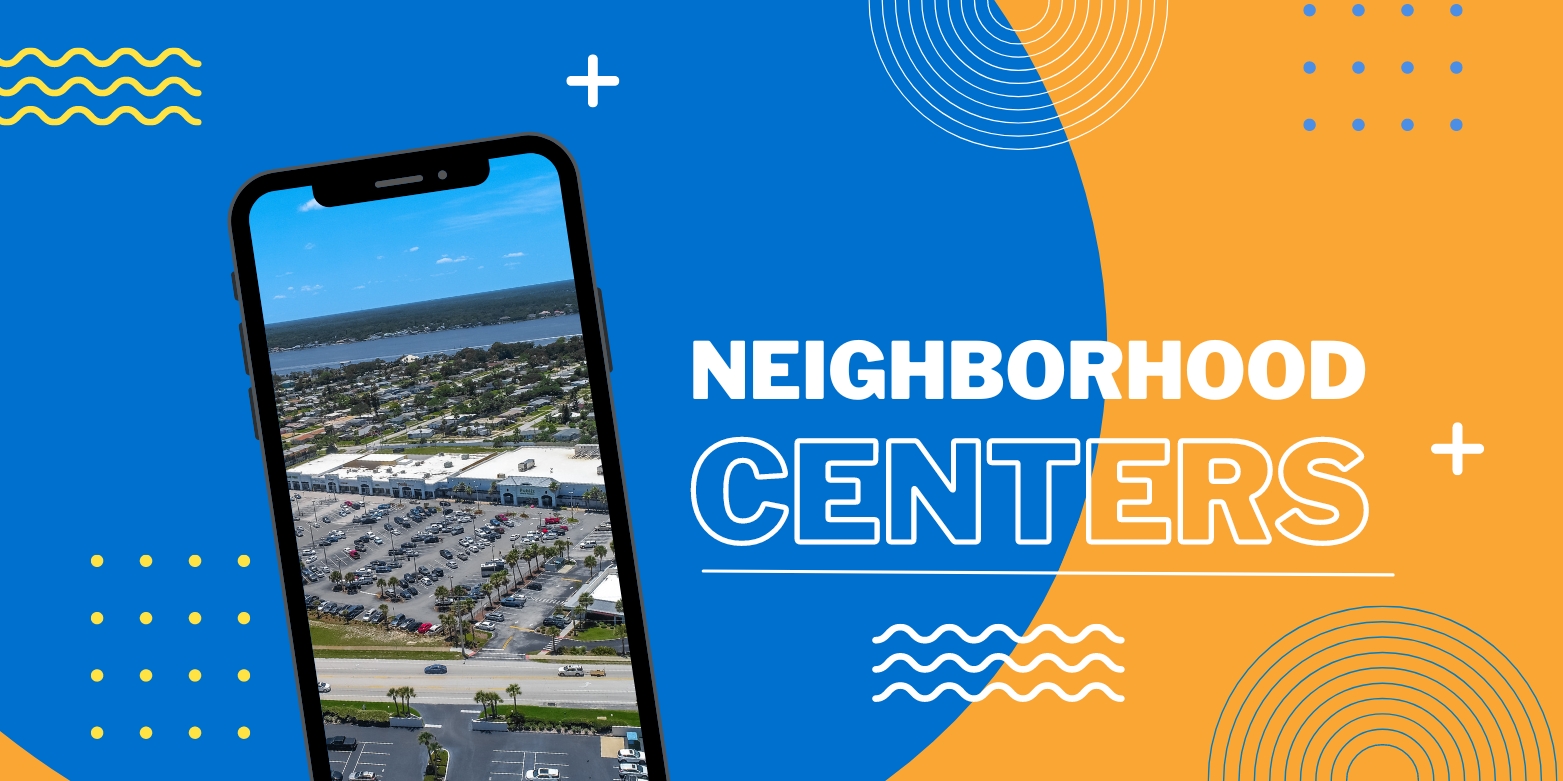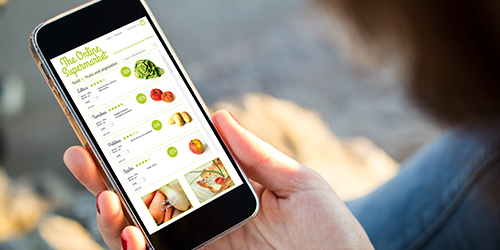Published On Aug 15, 2015
in Grocery
Forget the days of waiting in line to make your purchases. The checkout process is rapidly changing as grocers continue to test new technologies that enhance and/or replace the traditional cashier-and-conveyor-belt model. Goodbye crowded checkout aisles. Hello streamlined purchasing and more enjoyable shopping experiences.
It’s a matter of adapt or fade from relevancy. Over 96 percent of U.S. consumers said a fast checkout is a “very” or “somewhat” important feature when deciding where to shop for groceries, according to the 2014 National Grocers Association Consumer Survey Report. Nearly 49 percent of this number said it is “very important,” up almost nine points from a year earlier.
At today’s pace of development, I believe the zero-wait checkout could be commonplace in the next five to ten years. There are a few technologies that stand out to me as the ones with the greatest potential to drive this future.
In-store customer tracking
In-store customer tracking technology is rapidly becoming the norm. Many grocers have started implementing this technology to better staff cashiers at popular checkout times. For instance, Kroger’s Que Vision technology uses infrared sensors to count customers entering the store and at checkout lanes. The grocer has reported that Que Vision has cut checkout wait time from about four minutes to only 26 seconds. The system is now installed at most Kroger locations nationwide.
A similar technology is Cambridge Consultants’ GPS system that is installed in shopping cart wheels. The system tells grocers the location of customers in the store to properly anticipate staffing needs at the front end.
Waiting in checkout lines is one of the most common frustrations at the grocery store—people want to get in and get out. Tracking technology addresses this issue head-on by offering real-time data that allows retailers to immediately respond to customer needs. Over the longer term, it also provides an excellent reference base for evaluating staffing needs, store merchandising, and traffic flow. In the end, all of this information gives retailers specific, quantifiable data that will allow them to act and react quickly as shopper needs and expectations continue to evolve.
Mobile self-scan and checkout
Some of Ahold USA's Stop & Shop and Giant supermarkets offer the Scan It system, where customers use a provided hand-held device to scan their groceries as they shop. Customers can see a running total of their purchases on the screen, and pay by uploading their bill at self-checkout stations.
The system also offers coupons as customers shop based on their purchasing habits. Ahold has reported that shoppers who use the Scan It system spend about 10 percent more than the average customer. Customers love a good deal, but most people don’t have the time to clip coupons. This system makes saving money easy. Giving shoppers the opportunity to avoid checkout wait times, feel more in control of their shopping experience, and save money is a natural benefit for many of today’s consumers.
Tunnel scanners
Another technology that has significant growth potential is the tunnel scanner. Kroger has taken the lead in this area with its Advantage Checkout tunnel system, which uses image recognition to scan multiple items at once. When the order is complete, the system produces a bill that customers pay at self-checkout stations.
As competition for the grocery industry increases with online retailers offering grocery options, brick-and-mortar grocers are looking for ways to provide the most convenient shopping experience possible while controlling costs and preserving profit. The Advantage Checkout tunnel system shortens wait times and reduces staffing needs—and perhaps makes checkout a little more fun. It’s a win-win for both the customer and the grocer.
The new shopping reality
So who’s next in line at the grocery checkout? Well that’s just it—there is no line, not if new checkout technologies continue to optimize operations and scale across store counts. The grocers that win in this new era are the ones that never stop changing with customer needs. Adaptability and flexibility, not size, are the keys to survival.
Jeffrey Edison





